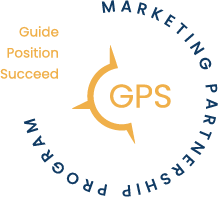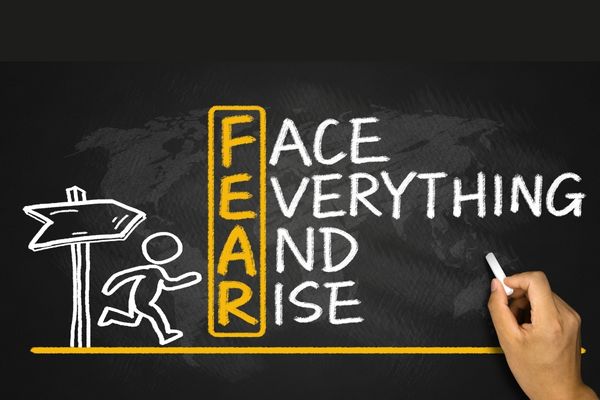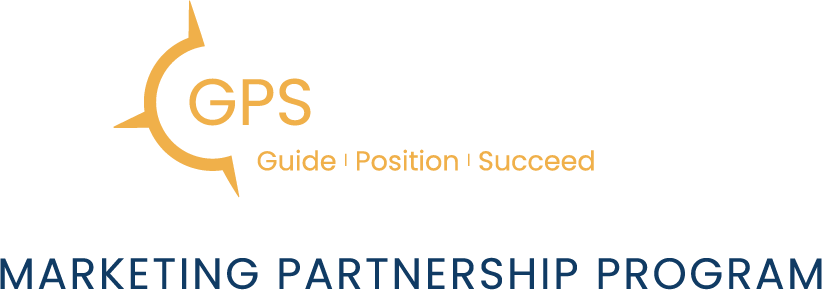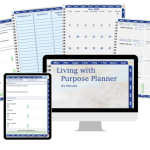What are Nonprofit Board Dynamics?
In the vibrant world of nonprofits, where passion meets purpose, effective governance is the compass guiding organizations toward their missions. As a seasoned business coach and advocate for thriving nonprofits, I’ve witnessed firsthand the transformative power of strong leadership at the board level. However, I’ve also seen nonprofits fall apart and struggle because they have not clearly understood the dynamics. Today, I invite you to embark on a journey through the heart of nonprofit board dynamic focus styles, exploring the distinct yet interwoven roles of fiduciary, strategic, and generative boards.
It’s crucial for nonprofit leaders to recognize the type of board they’re operating with or have in place. Clear identification of the board’s nature—whether fiduciary, strategic, or generative—is fundamental for effective decision-making and alignment with organizational goals. By understanding their board’s dynamics, leaders can leverage its strengths and address any gaps or challenges more effectively, ensuring the organization remains on course to fulfill its mission.”
Learn about Board Governance Style Here
Fiduciary Boards: Guardians of Integrity
At the helm of every nonprofit lies a fiduciary board, steadfast guardians of integrity and accountability. These boards uphold the organization’s legal and ethical obligations, ensuring transparency and stewardship of resources. Picture this: a small community organization I once worked with faced a financial crisis due to mismanagement. With the guidance of a diligent fiduciary board, they navigated the storm, implementing robust financial controls and rebuilding trust within the community.
Key Characteristics of Fiduciary Boards
Compliance and Oversight:
Fiduciary boards meticulously oversee financial matters, safeguarding against fraud and ensuring adherence to regulations.
Financial Management:
From budget approvals to audits, fiduciary boards wield expertise in financial management, steering nonprofits toward sustainable growth.
Challenges and Criticisms
While fiduciary boards are indispensable pillars of governance, they must guard against becoming overly risk-averse, and stifling innovation and growth. Striking a balance between prudence and progress is the hallmark of effective fiduciary leadership.
Strategic Boards: Architects of Vision
Enter the realm of strategic boards, where visionaries converge to chart the course for organizational success. These boards transcend day-to-day operations, focusing on long-term goals and strategic direction. I recall a nonprofit client grappling with stagnant growth until their strategic board spearheaded a visionary plan, propelling them toward expansion and impact.
Key Characteristics of Strategic Boards
Long-Term Vision:
Strategic boards cultivate a shared vision, aligning stakeholders toward a compelling future state.
Strategic Planning:
Armed with foresight and market insights, these boards craft robust strategic plans, driving innovation and adaptability.
Benefits and Challenges
The strategic approach empowers nonprofits to stay ahead of the curve, yet it requires agility and a willingness to embrace change. Strategic boards must navigate complexities with agility, embracing innovation while honoring the organization’s core values.
Generative Boards: Catalysts of Creativity
Now, imagine a boardroom buzzing with creativity and curiosity—that’s the hallmark of generative boards. These visionary leaders dive deep into underlying issues, challenging assumptions and sparking innovation. A personal anecdote comes to mind: during a board retreat, a generative discussion unearthed untapped potential within the organization, leading to the launch of a groundbreaking community initiative.
Key Characteristics of Generative Boards
Creativity and Innovation:
Generative boards foster a culture of creativity, exploring unconventional solutions and seizing new opportunities.
Exploration of Assumptions:
By questioning underlying assumptions, these boards uncover blind spots and ignite transformative change.
Advantages and Limitations
Generative leadership infuses nonprofits with fresh perspectives, yet it requires vulnerability and a willingness to embrace uncertainty. Nurturing a generative mindset cultivates resilience and adaptability, propelling organizations toward sustained impact.
What are Your Nonprofit Board Dynamics?

Assess Current Board Dynamics:
Take stock of the board’s activities, decision-making processes, and areas of focus. Are meetings primarily centered around financial oversight and compliance (indicative of a fiduciary board), or do discussions often revolve around long-term vision and strategic planning (characteristic of a strategic board)? Understanding the predominant board dynamics can provide valuable insights into its type.

Consider the Organization's Age and Stage:
Different stages of organizational growth may necessitate varying board types. For instance, in the early stages of a nonprofit’s development, a fiduciary board focused on establishing financial stability and compliance may be paramount. As the organization matures and seeks to scale its impact, transitioning to a more strategic or generative board model could be beneficial to drive innovation and long-term sustainability.

Evaluate Leadership Needs:
Assess the organization’s current leadership landscape and identify any gaps or areas for improvement. Does the board possess the expertise and strategic vision needed to navigate the organization through its current challenges and future opportunities? If not, it may be time to consider recruiting board members with diverse skill sets and experiences aligned with the desired board type.

Seek External Guidance:
Don’t hesitate to seek external expertise or consultation to gain clarity on board dynamics and identify potential areas for improvement. Engaging with nonprofit governance experts, consultants, or peer networks can provide valuable insights and perspectives tailored to the organization’s unique needs and circumstances.

Embrace Flexibility and Adaptability:
Recognize that board dynamics are not set in stone and may evolve over time in response to organizational growth, changes in leadership, or shifts in external factors. Embrace flexibility and adaptability in shaping the board’s composition and functions to best serve the organization’s evolving needs and strategic priorities.
By proactively understanding the type of board in place and considering the organization’s age and stage of development, nonprofit leaders can make informed decisions to optimize governance practices and propel their organizations toward greater impact and sustainability.











